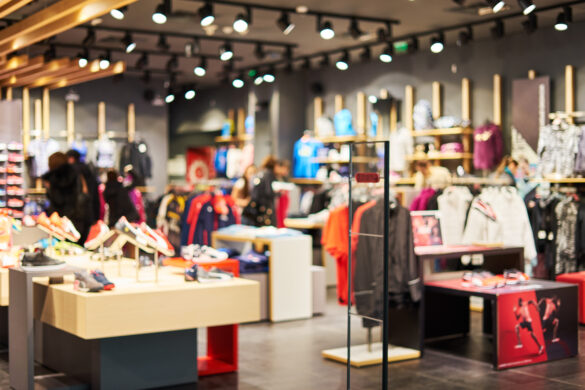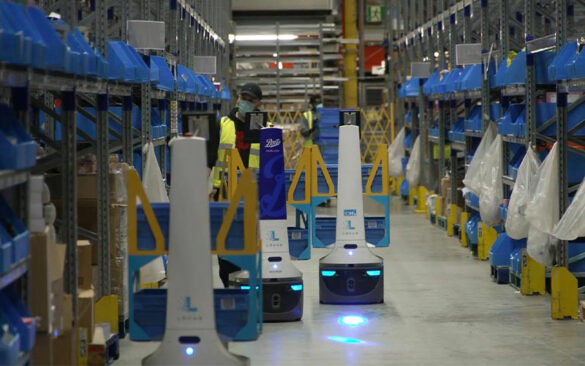Retailers’ Top 3 E-Commerce Fulfillment Priorities for 2021
In our previous blog, we explored e-commerce’s explosive growth driven by the pandemic and the resulting challenges that omni-channel retailers continue to face. Out-of-stock products, lack of automation and the need to close the physical gap between fulfillment centers and consumers are all sparking new…
Santa’s Supply Chain: Holiday Logistics in 2020
This blog is co-authored by Wayne Snyder, VP, Retail Industry Strategy EMEA, and Alan Duncan, Senior Director of Industry Strategy, EMEA. “T’was the night before Christmas, when all through the house not a creature was stirring, not even a mouse. The stockings were hung by…
Accelerating Sales with Real-time, Intelligent Inventory Availability
While the convergence of physical and online stores began before the pandemic, COVID-19 has accelerated the e-commerce and omni-channel trends by a few years. When consumers pivoted from foot traffic to online options, retailers quickly worked overtime to enable speed and convenience options such as buy online pick up in store (BOPIS), curbside pickup, and ship from local store to support…
eCommerce Fulfillment Trial Now Available
We are very excited to announce that our e-Commerce Fulfillment Trial is now available. You can experience the new capabilities that are available through our Inventory Availability and Omni-Channel Fulfillment microservices. At a time when retailers are expanding their business to include e-commerce offerings, Blue Yonder’s new microservices bring supply chain transparency to your online shopping experience and deliver faster, more convenient options to your…
Personalized Fulfillment Experiences Webinar
We are very excited to kick off our monthly webinar series: Personalized Fulfillment Experiences in Action. Delivering personalized experiences is a key business requirement today with customers expecting retailers to deliver the right product, at the right time, through their channel of choice. Leading retailers…
Riding the E-Commerce Surge: 3 Key Takeaways from our Future of Fulfillment Report
In a year like no other, e-commerce continues to see meteoric growth driven by the pandemic. This holiday shopping season marked record numbers of online shoppers on Black Friday and the biggest online shopping day in U.S. history on Cyber Monday. With the two dominant…
Retailers Are Changing Stores into Micro-fulfillment Centers with Robots
Reuters recently hosted a panel on the topic of optimizing omni-channel fulfillment to prepare for holiday peaks. Panelists included Jason Lerman, Director Operations at UNTUCKit; Jon Gold, VP of Supply Chain and Customs Policy at NRF; Wayne Snyder, VP Retail Industry Strategy at Blue Yonder; Gina Anderson, VP…
The Future of Black Friday: Prioritizing E-Commerce
Black Friday has long been a shopping phenomenon across retail industries, and the COVID-19 pandemic is proving to make this holiday-shopping-season-kickoff even more interesting. Historically marked by unruly crowds and steep one-day in-store discounts, Black Friday must be reimagined for the world we now live…
Learn How e-Commerce Fulfillment Groomed Petco for Success
We recently wrapped up CloudCon, our digital conference where product experts and customers shared their experiences transforming their supply chain to survive and thrive during the global pandemic. We were thrilled to hear from Abdullah Shaban and Mike Glaspey from Petco, who shared stories about how…
The 2020 Consumer: How the Pandemic Changed Everything
It’s no secret the retail industry has undergone dramatic changes this year. Because of the pandemic, a major disruption has been the increase in customers’ buying online and picking up in-store (BOPIS) and taking advantage of contactless curbside pickup. For example, Best Buy and Target…







